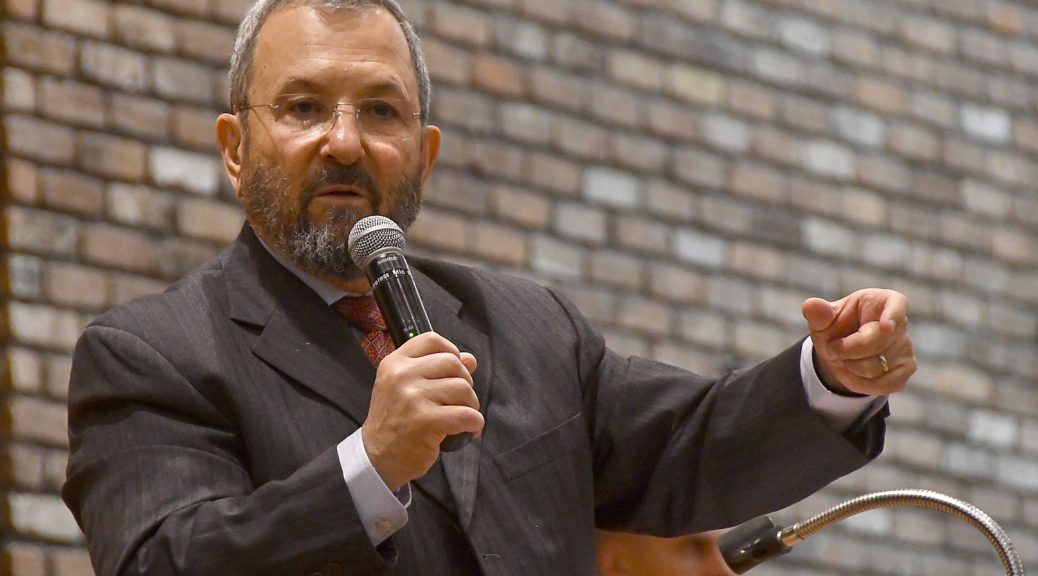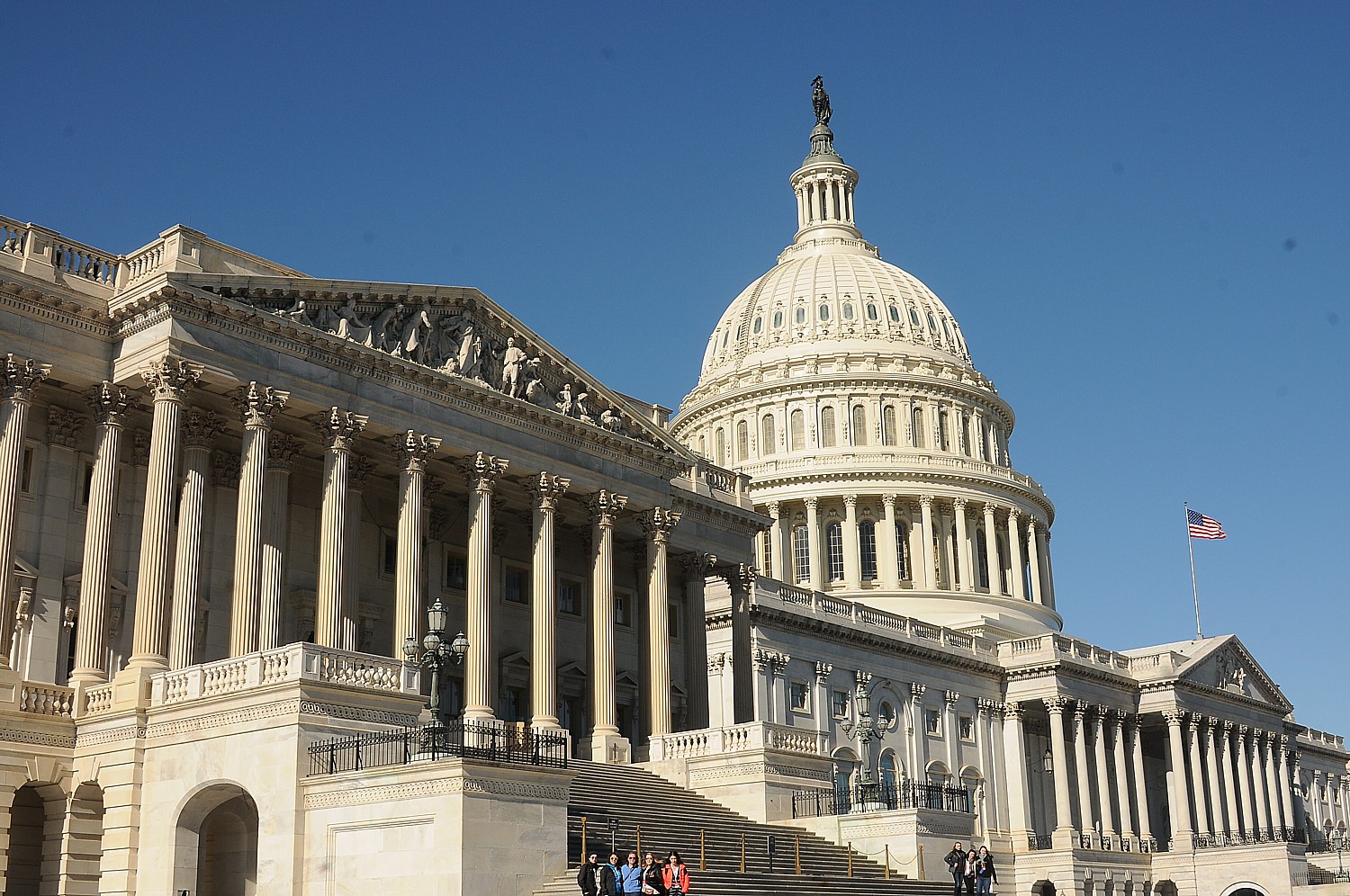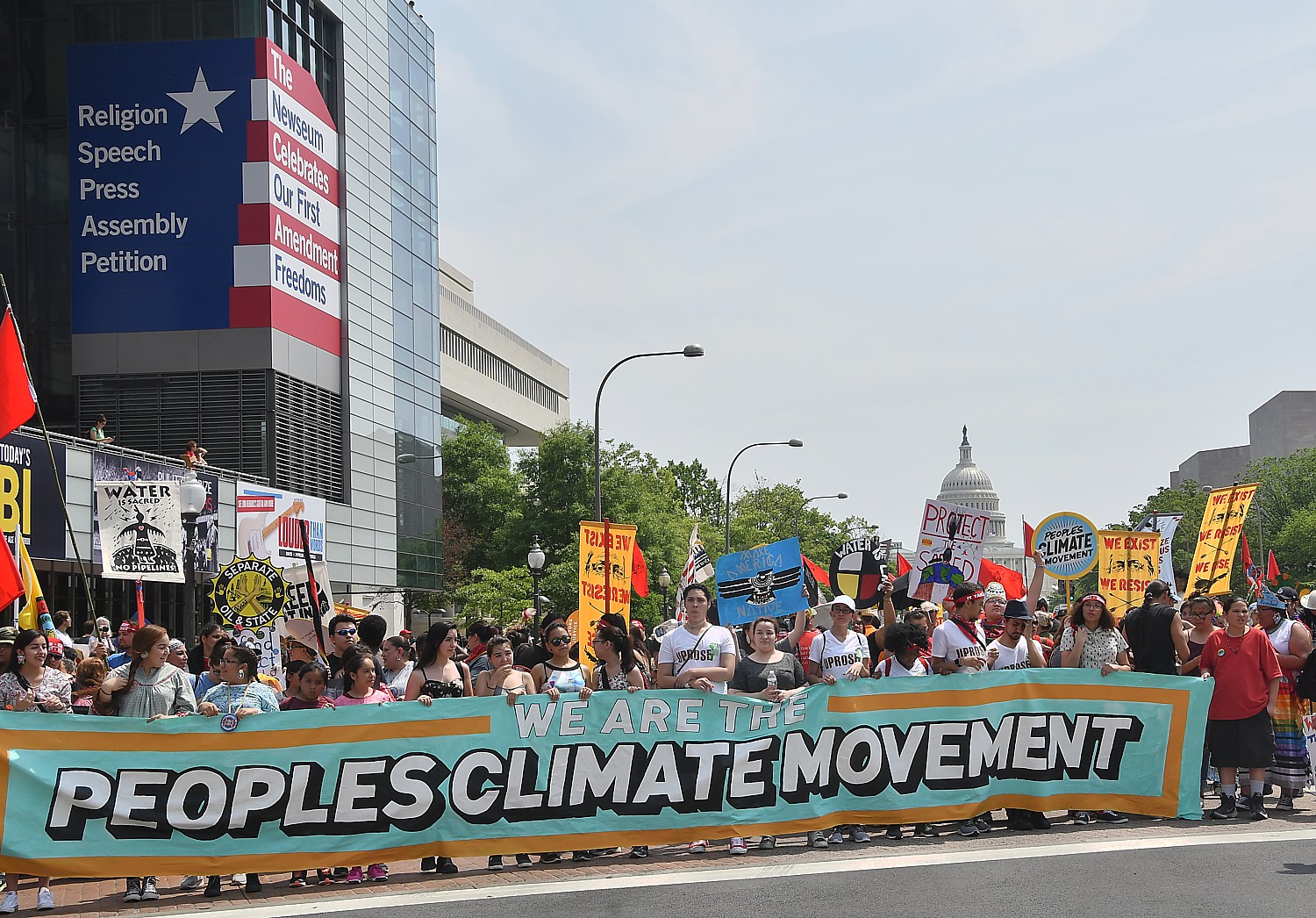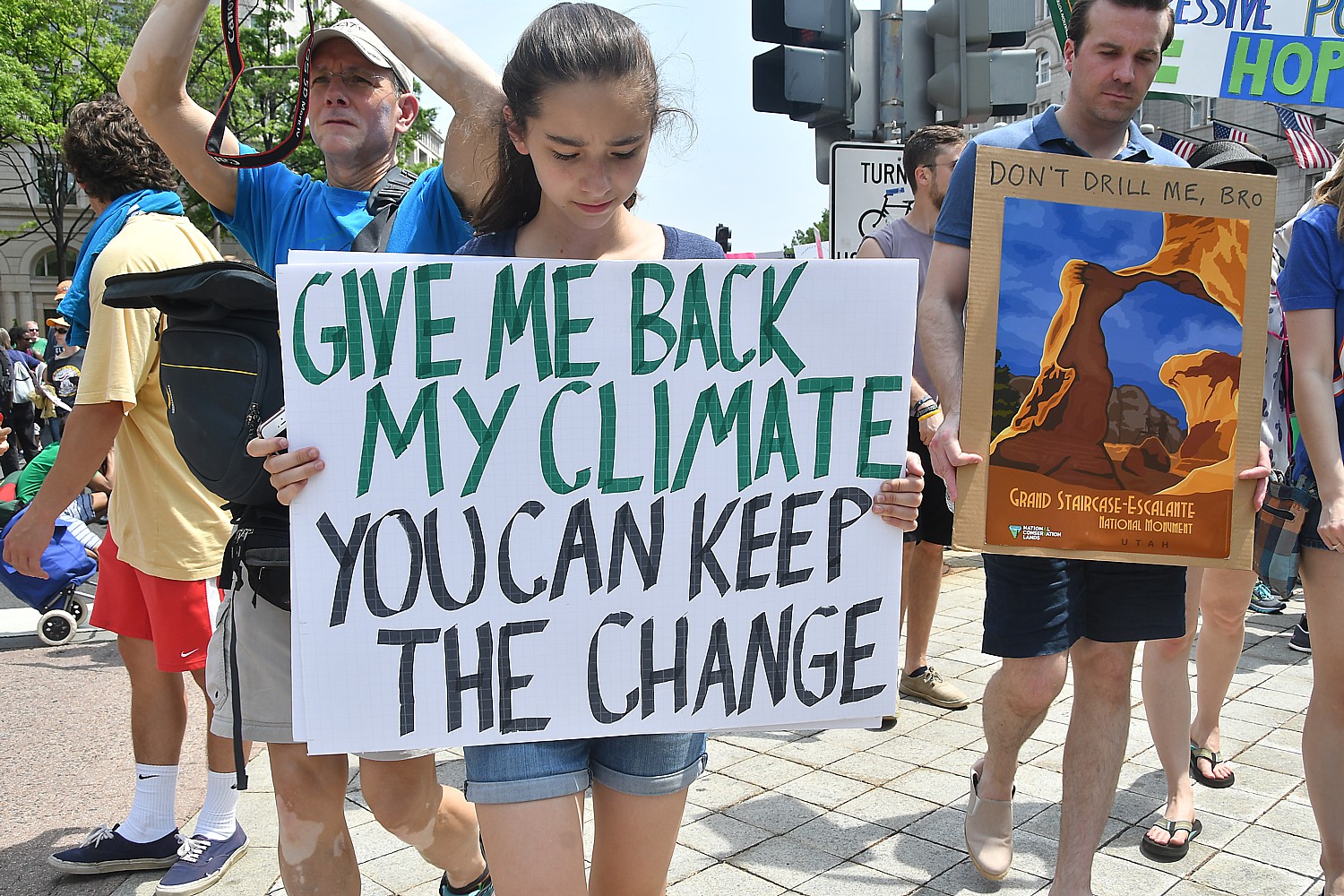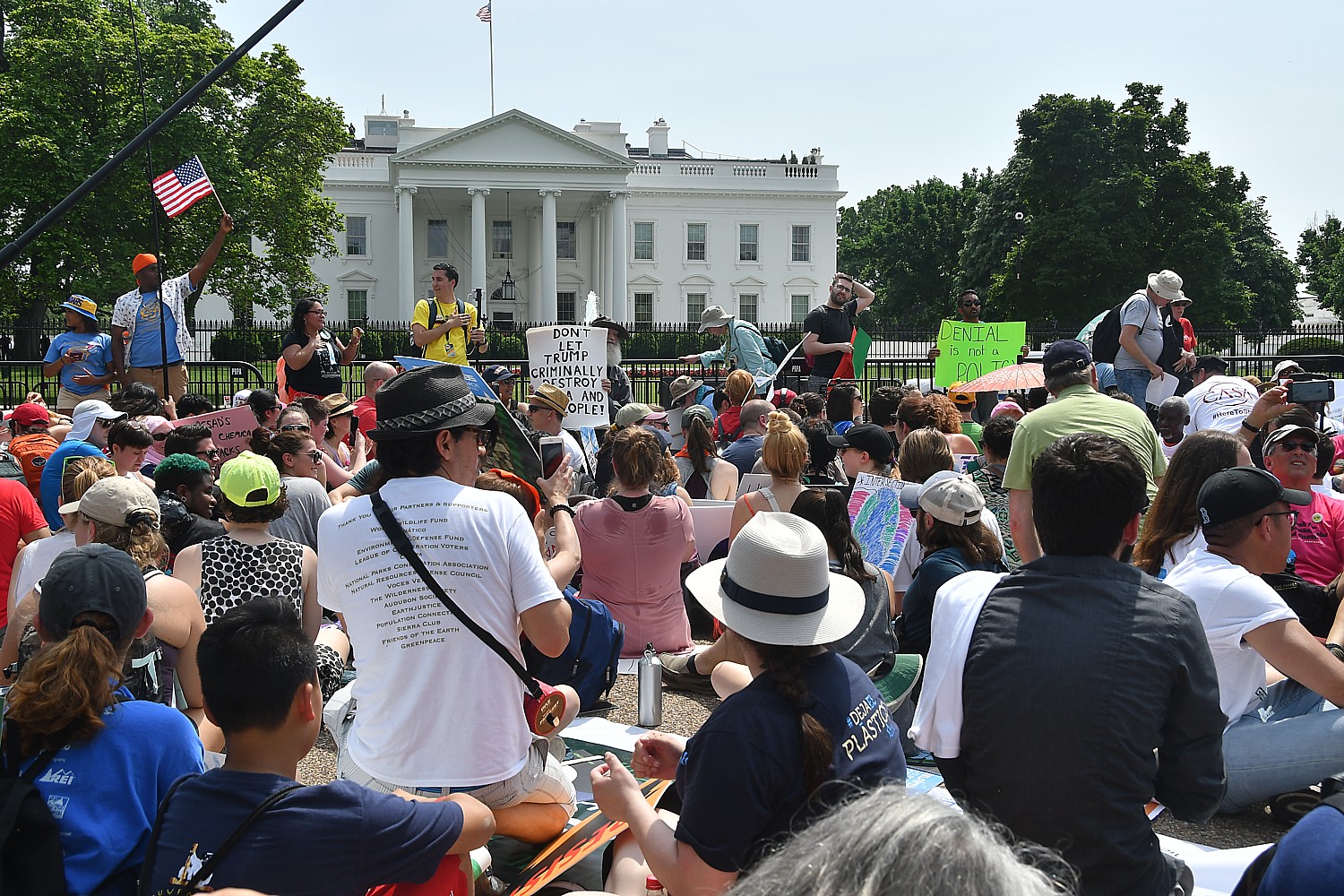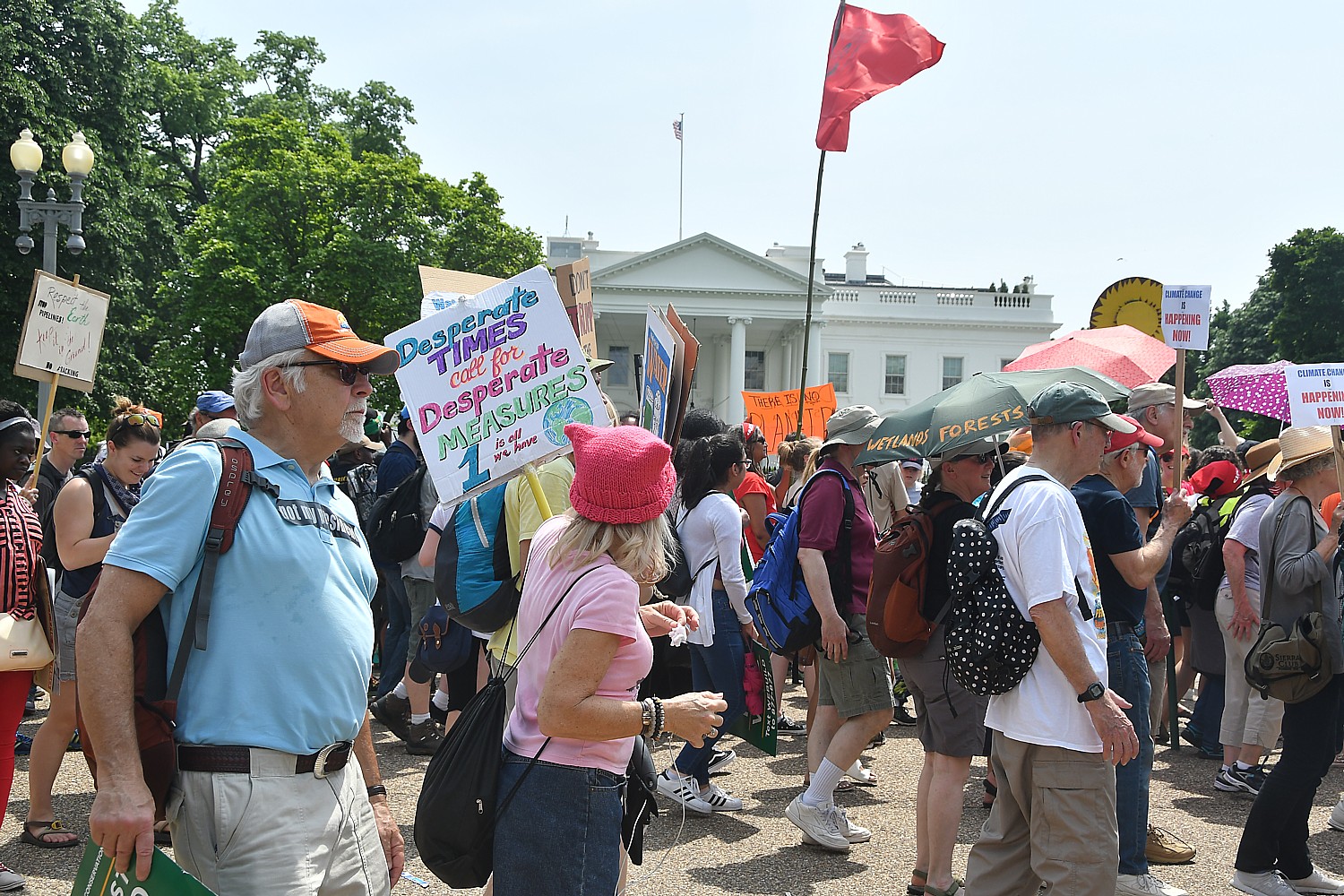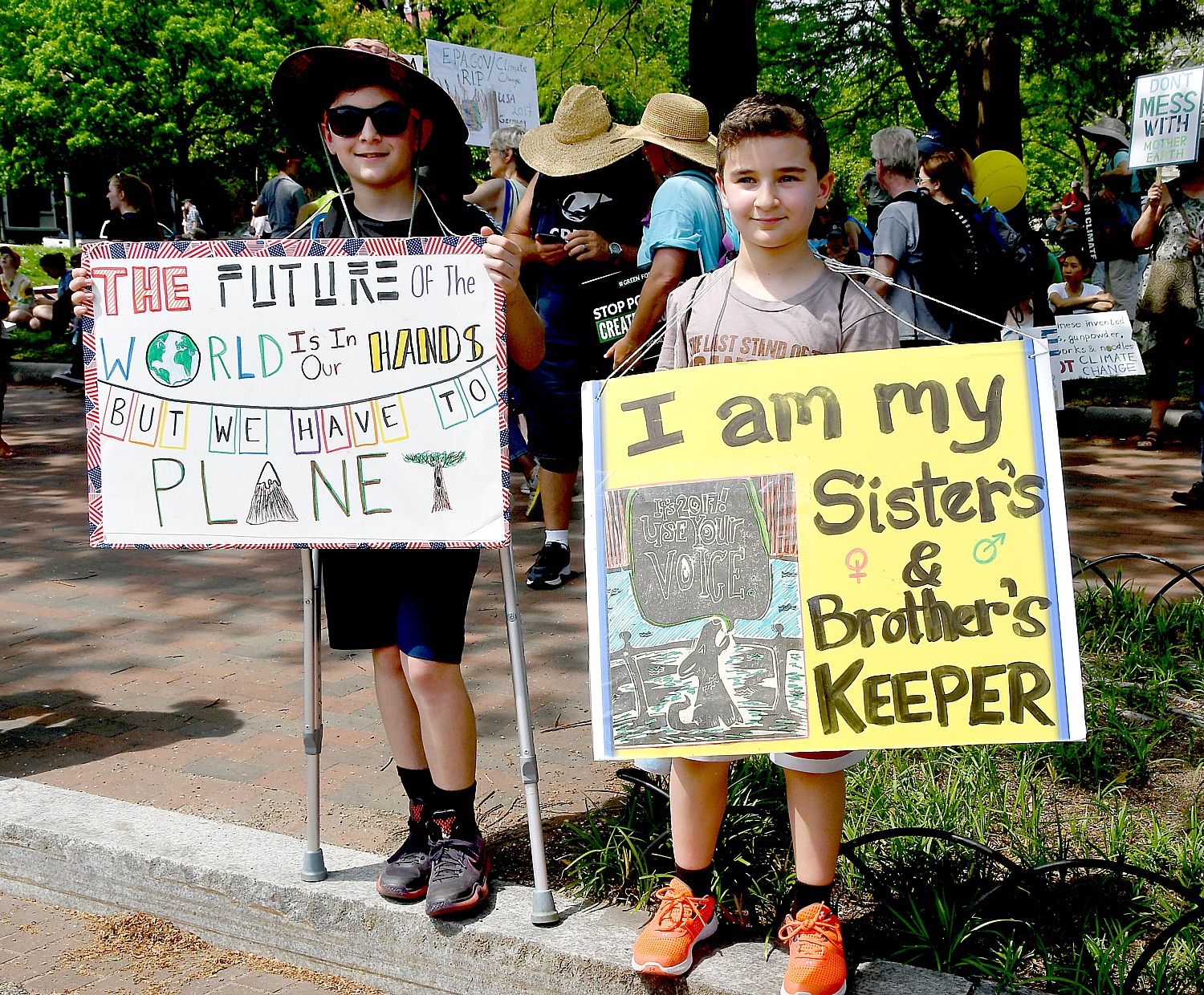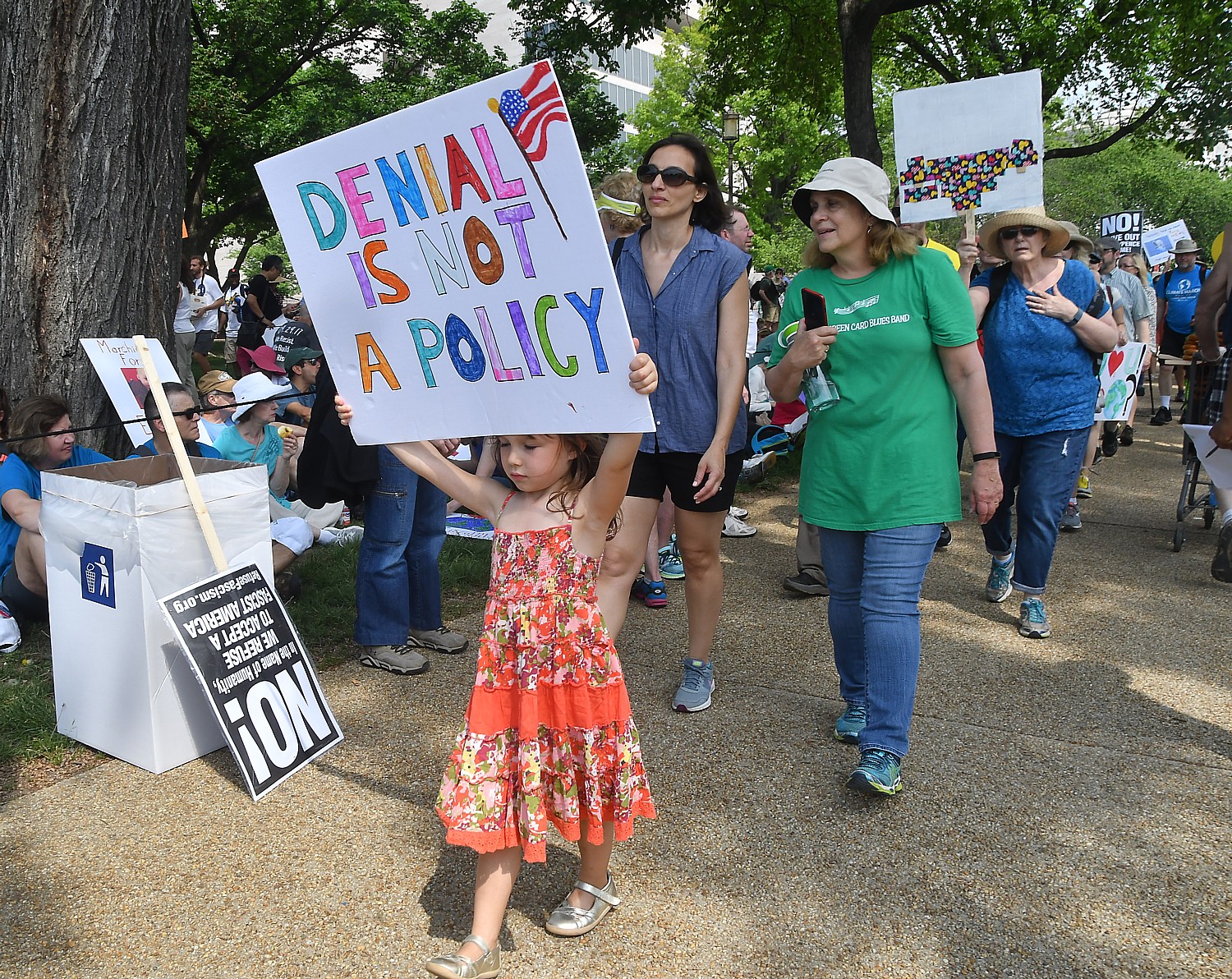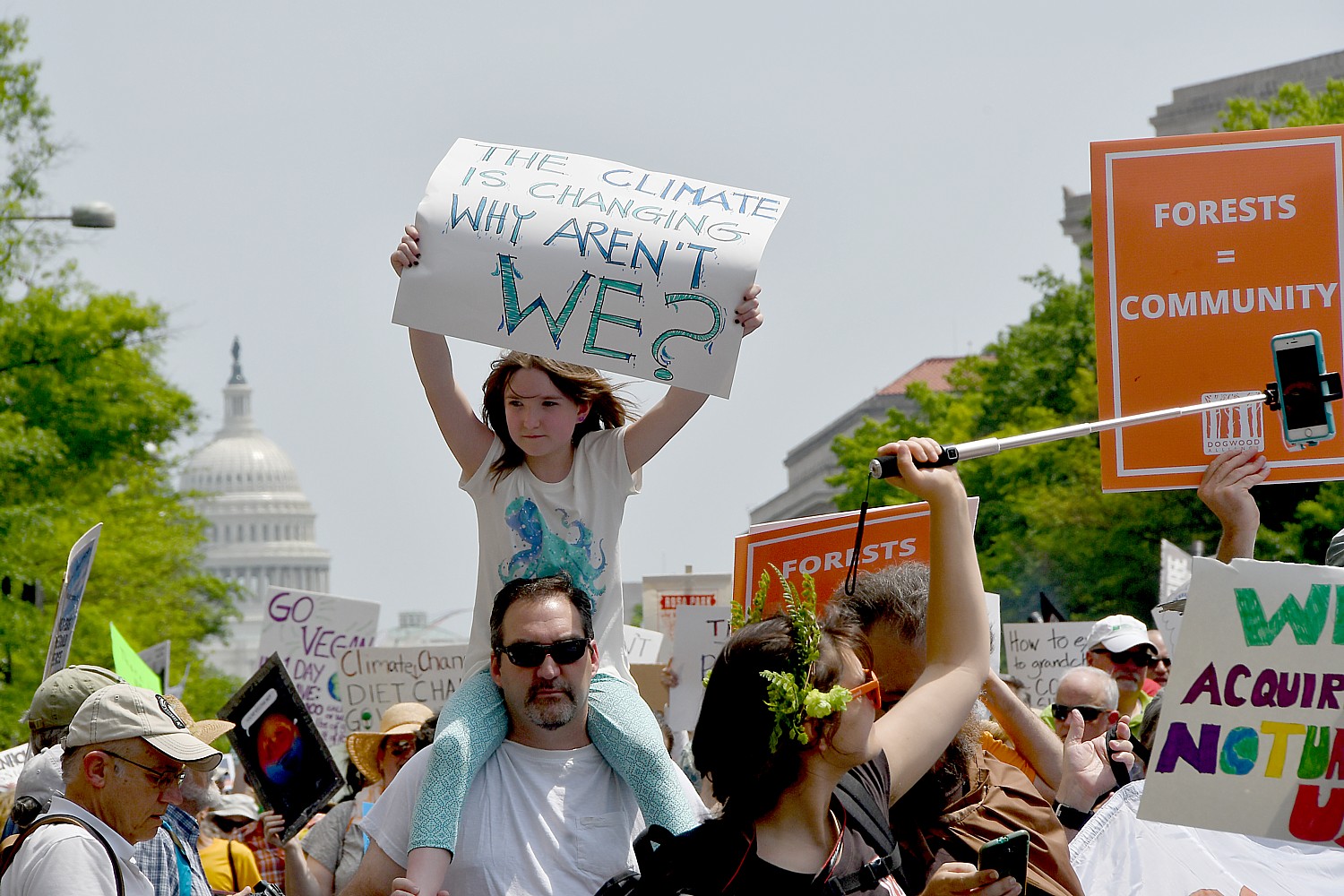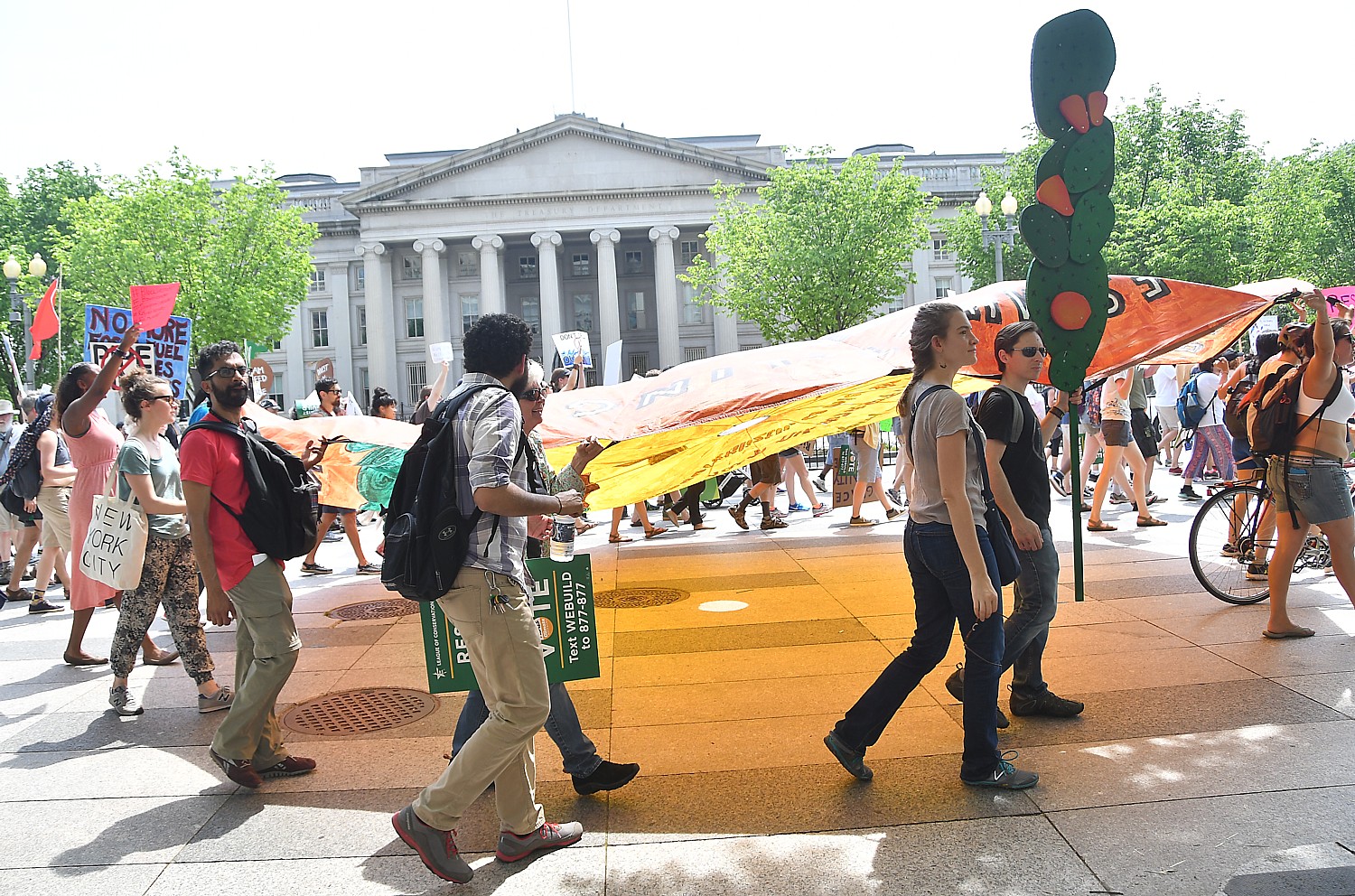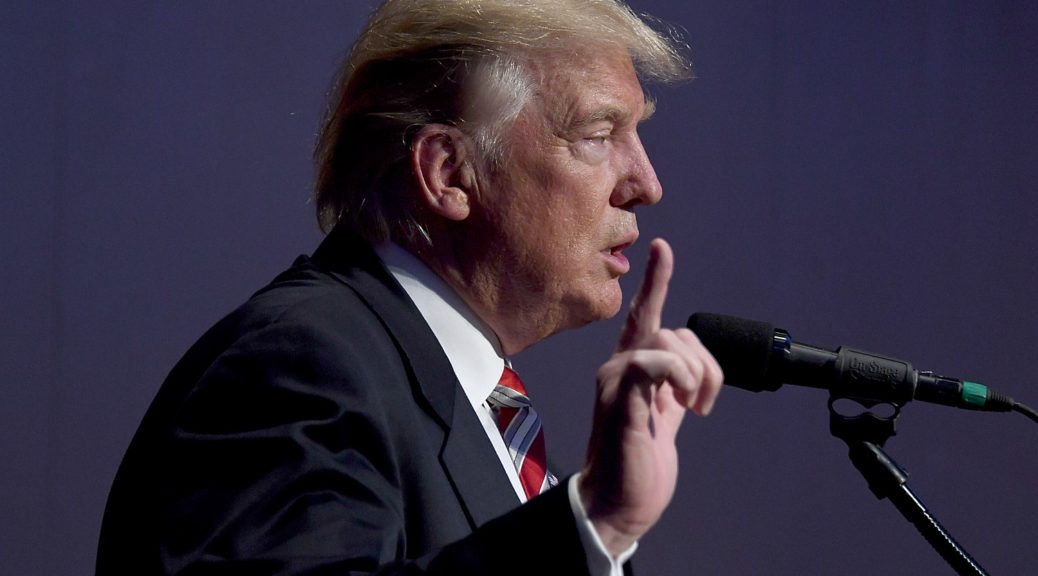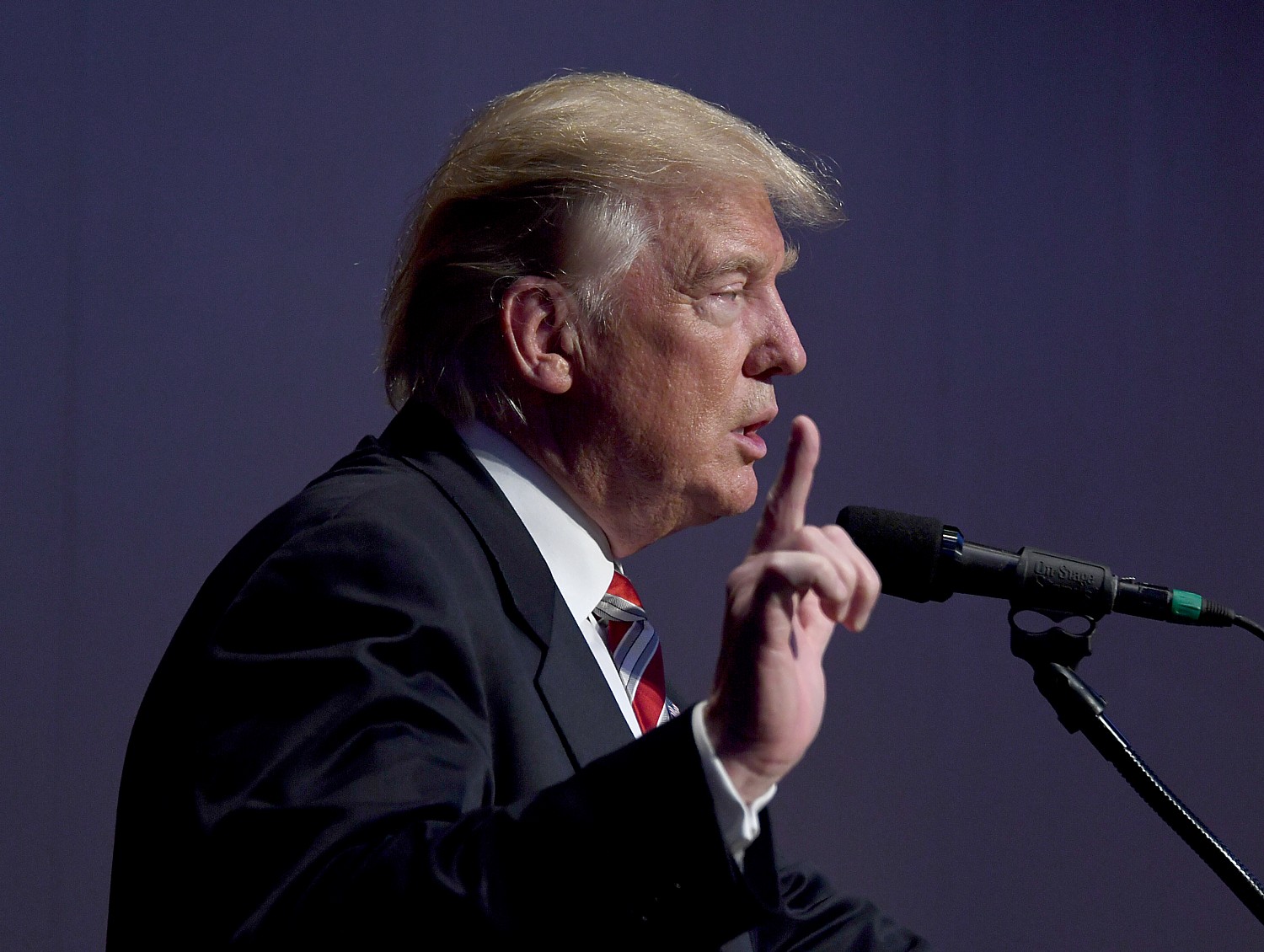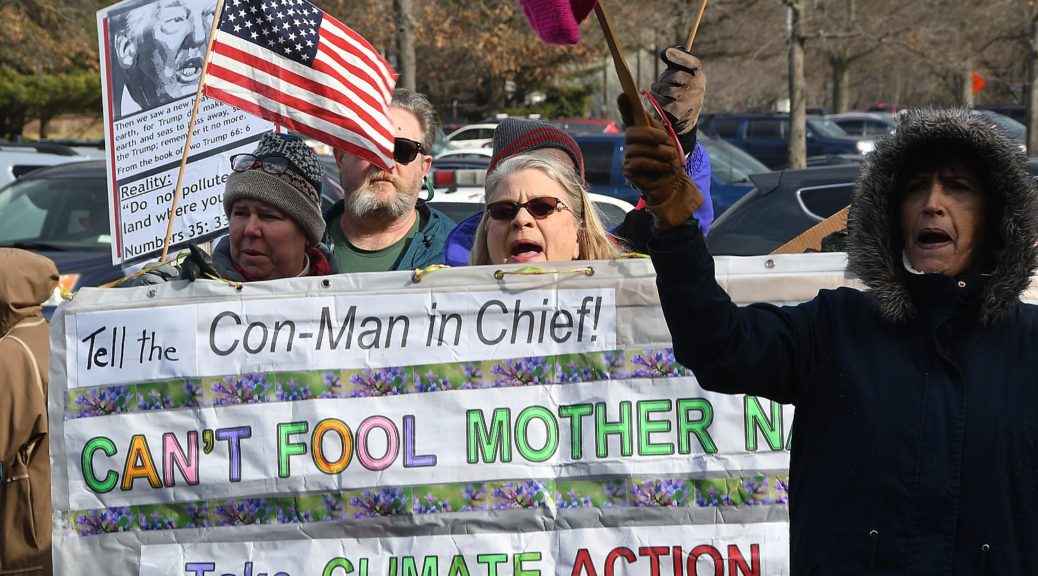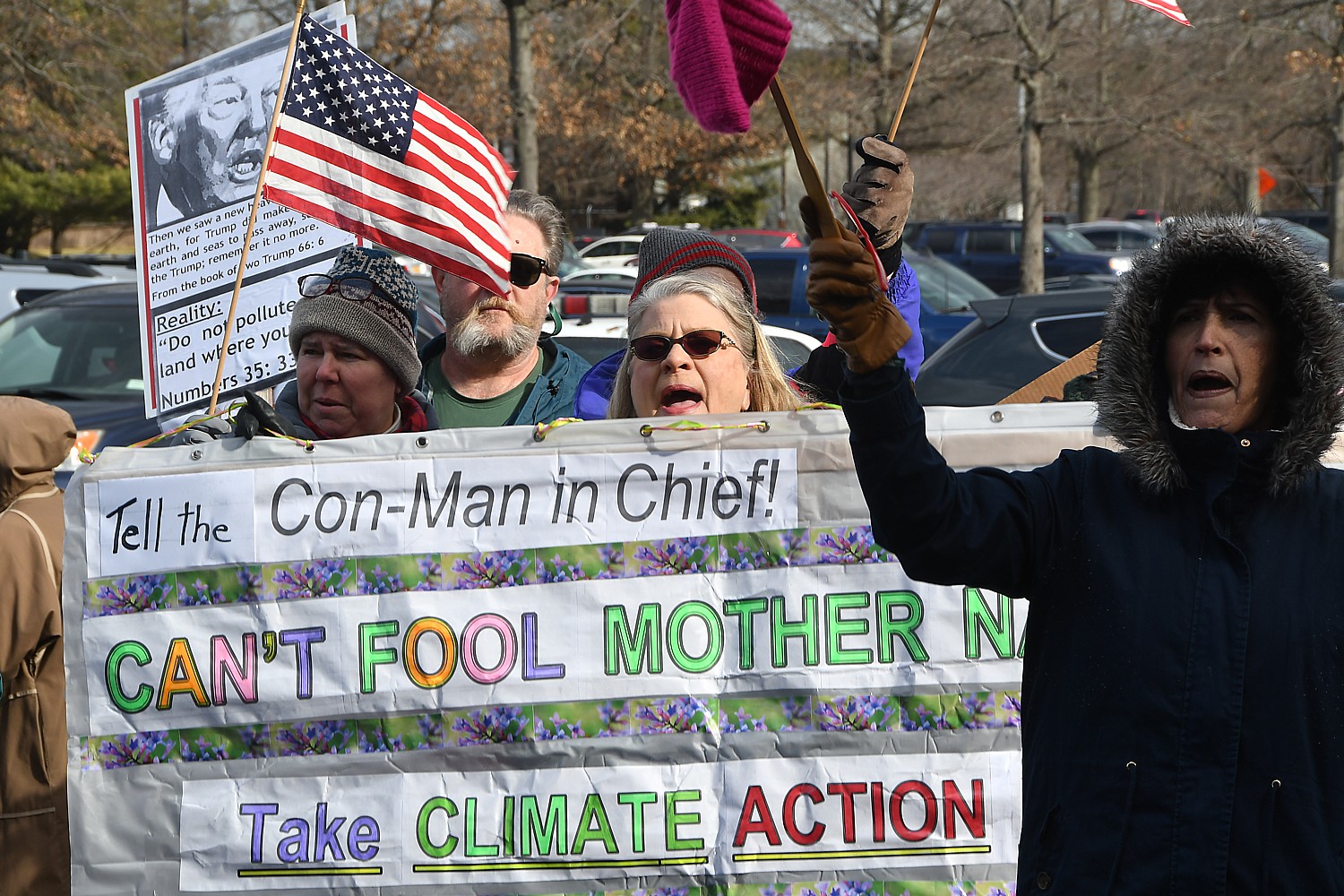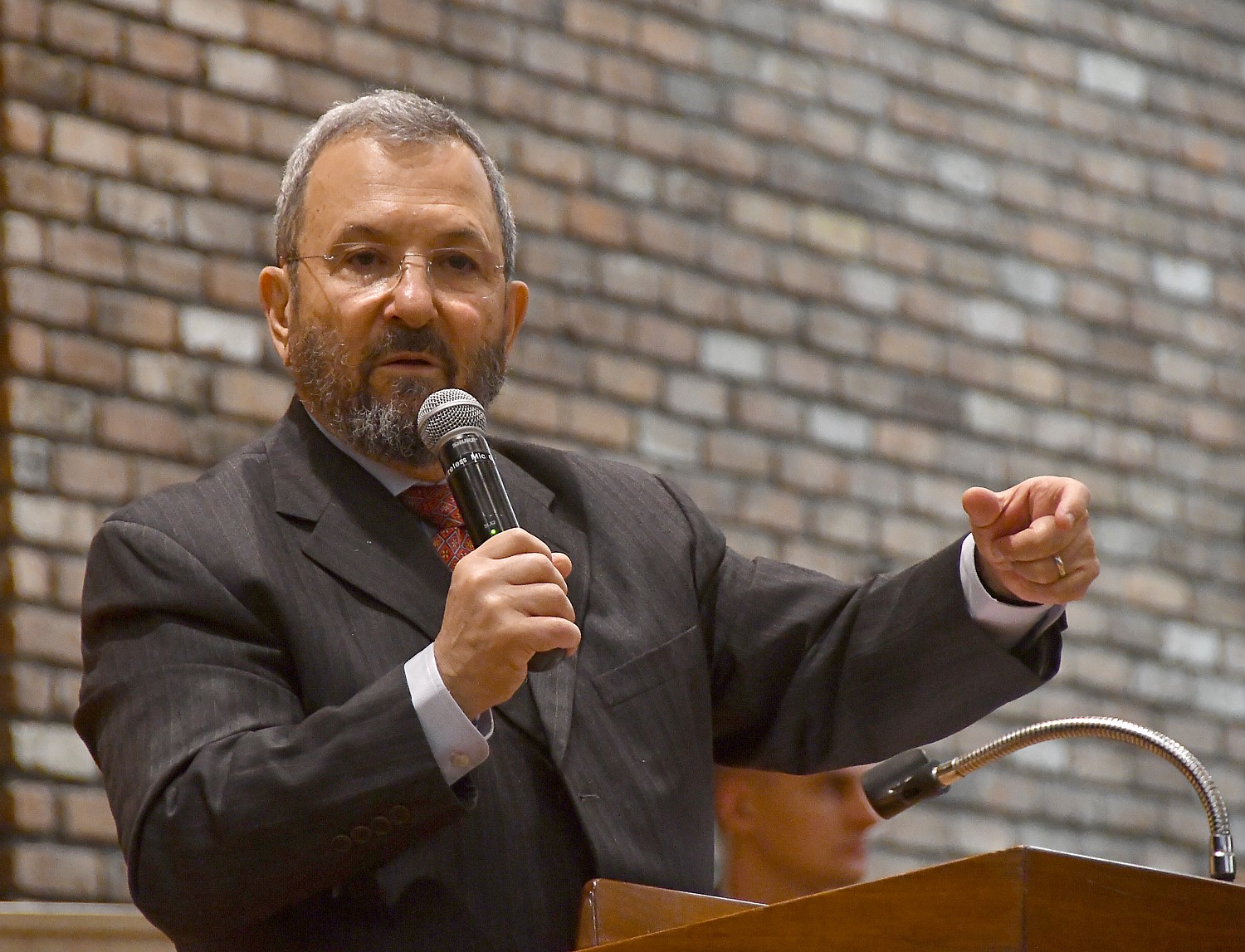
By Karen Rubin, News & Photo Features
Ehud Barak, the former Prime Minister of Israel, argued forcefully for a two-state solution as the only way to preserve “The Zionist Project” – a nation that is both Jewish and democratic. Indeed, he asserted, a two-state solution is the only way to preserve Israel as a strong, independent nation.
While there are no options that do not bring risk, he asserted, the basis for his contention is that Israel is the strongest economy and has the strongest military in the region, would insist on drawing the border lines that protect its security. The existential threat, he argued, would be to abandon the two-state solution.
And he insisted that Israel’s Right Wing government leaders need to wrest themselves from paralysis and politics and act, even unilaterally, to setting the stage.
The former Prime Minister spoke in front of an audience of some 800 New Yorkers who filled Temple Emanuel of Great Neck, Long Island, coming from a broad swath of the region, from Forest Hills Huntington, and representing a broad spectrum of American Jewry, from left to right wing.
Barak laid out a cogent argument, based on a lifetime at the center of Israel’s defense, politics and leadership, serving as Prime Minister, Chief of General Staff of the Israeli Defense Forces and most recently as Minister of Defense, and set out the context for his insistence that Israel’s existential threat is not from the formation of a Palestinian state, but the lack of one.
“The Zionist Project is by far the most successful national project of the 20th century. When [the early settlers] originally came, 120 years ago, there was literally nothing – 70% of the land was desert, 2 lakes, one alive the other dead, connected by the River Jordan that looks like a neighborhood creek – more history flowed than water.”
In the last 70 years since Israel was established asa nation, despite seven wars, two intifadas and countless terror attacks, the population grew by a factor of 12; the GDP by 70. The Israeli currency (shekel) is one of the strongest in the world. “We are a start-up nation, with more firms on NASDQ than any other. Thanks to the arrival of 1 million Russian Jews between 1990 and 2000, we have more orchestras, ballet companies, chess grand champions per capita than any in the world.”
There are a lot of internal tensions, certainly – many that mirror what is happening in other countries: rich and poor, Arabs and Jews, secular and religious, even the status of Reform and Conservative Jews in Israel which though secular, is dominated by Orthodox Jewry – “they are not treated equally in our homeland.”
And then there are the external tensions, such as the spreading BDS [The Boycott, Divestment, Sanctions] movement, particularly on American college campuses.
“There is great worry about what happens abroad- the position of Israel in the international community is deteriorating – BDS has spread over the world.
“There are question marks about our policies, something that disturbs the Jewish Diaspora even in this country. We are losing part of the young generation in universities especially in North America and even among young Jewish students. This all needs treatment.”
Israel’s relations in the areas “liberated or occupied is in the eye of the beholder” has been a central problem for the past 50 years since the Six Day War when Israel won territory now known as the West Bank and the Sinai (which in exchange for peace, Israel returned to Egypt years ago).
He said that the rise of ISIS and the globalized threat of terror from radical Islamic jihadists ironically creates an opportunity because it has elevated Israel’s position as an essential actor in a global conflict, while at the same time diminishing the Israel-Palestinian conflict as a regional one.
“The whole world in the last decade is facing unprecedented geopolitical earthquake, the kind of which we had not witnessed since the end of World War I and the collapse of the Ottoman Empire. It covers the whole world, but concentrates around the Middle East. Within the last few years, the Arab Spring turned into an Islamist Winter; nation states collapsed, borders erased, centuries-old conflicts came back to life. Israel found itself in a perfect storm – on the one hand, at the clashing point of civilizations of the West and the world of Islam, and at same time, in the eye of a storm that swirls around the Arab world.
“In this situation for Israel, can see bad news and good news: the bad news is clear – the Middle East is a tough neighborhood. The good news is that Israel, as a result of its achievements, is the strongest country 1000 miles around Jerusalem, from Benghazi in Libya to Tehran in Iran.
“And Israel is going to remain the strongest country in this area for the foreseeable future.”
It’s not just its military defenses – with the help of a supportive US administration – but its strong economy – not the biggest, but the most vibrant in the region.
Barak argues that “Israel, being the strongest player all around the area, can use this position of strength in a self-confident manner” to finally resolve the Palestinian issue.
Israel has always faced existential threats. “We always have to look around, ready to pull trigger../Every several years a new threat emerges- ISIS – old ones, Hamas, Hezbollah – all alive and kicking. Out of all these changes the more demanding is terror. It has become the great fight for the whole globe, which might take years, and must be defeated. The choice for the modern world is clear: either you defeat terror or you might find yourselves defeated by it.
“But this is not a new phenomena – it’s been with us a long time,” he said, recalling as a 22-year old, how as a member of a commando team, he had to rescue a hijacked Sabena airplane; and later, deal with the terrorists who massacred Israeli athletes at the Munich Olympics.
He argued that ISIS is more effective from a propaganda point of view – using the media and Internet to heighten its fearsomeness.
“They are effective in sowing fear, but a military threat? Ridiculous. They are succeeding because they never met a real fighting force- they are 50,000 fighters in 5000 Toyota pickups with WWII-era machine guns, a few old Soviet tanks,– not a real fighting force. They should be met on the ground and defeated by Muslims, not Crusaders or Israelis. That takes time, effort. We can help Iraqis, Kurdish, air support, intelligence, special forces – that will take time. But I am confident that ISIS will be defeated on the ground in the Mideast. That doesn’t mean the phenomenon will disappear, because of its capacity to incite. We don’t know how many Americans have joined and will come home. However loosely connected, they are part of flexible web of organization.
“This is a global phenomenon, a generational war. And it needs international cooperation. We join hands among the leaders of the world.”
“We are never going to find ourselves in an ideal world,” he says soberly. “The Mideast is never going to resemble Scandinavia.”
Which brings him to the next part of his argument:
“The major debate in Israel – how to relate to our Palestinian neighbors problem – is painful but simple. In a small piece of ground about the size of New Jersey, from the River Jordan (the size of a creek) to the Mediterranean live 13.5 million – 8.5 million Israelis, 5 million Palestinians. Among the 8.5 million Israelis are 1.5 million Arab Israelis – 99.9% are law-abiding citizens” but who are likely to vote with Palestinians.
If there is only one, that is Israel, it is inevitable that it will be non-Jewish or nondemocratic. That is because millions of Palestinians have their own national aspirations. There are only two possibilities – if they vote for Knesset [members] Israel overnight becomes a bi-national state and within few years a bi-national state with an Arab majority, almost surely civil war, and no future.
“The other alternative in a one-state Israel, is that the Arabs cannot vote for Knesset members. That doesn’t have a name in Hebrew but in Afrikaner, it means we would develop into an apartheid system.
“Neither is the Zionist dream. It is the consequence of a painful but simple reality: we need a compelling imperative to find a way to disengage ourselves from Palestinians and create a line in Israel that would include settlement blocks and the Israeli’ suburbs of eastern Jerusalem. That would include 80% of the settlers. Beyond this line, should be a place for a viable Palestinian state.
“I reemphasize: it’s not because of the need for justice for Palestinians, not because of the international community, it’s out of our compelling imperative to take care of our own security, future and identity.
“When the right wing in Israel tells you there is no way to bring together the vital security interest of Israel and a two-state solution – that the two are incompatible – that’s not true.
“The Right Wing in Israel [Netanyahu’s Likud government] try to create symmetry between these two arguments, but there is no symmetry. On the one hand, there is immediate existential threat to the future of the whole Zionist project.”
And here, Barak got more technical:
On other hand, there is certain risk which should not be taken lightly. We need to invest some equipment, some … changes in doctrine that a hostile, foreign force cannot enter into the West Bank and threaten.” But, he says, rockets can already come from all around the Mideast. They can be dealt with using advanced technology. Israel already possesses the most advanced missile defense systems in the world, especially for short-range and mid-range rockets.

There are risks and challenges to both, “but that shouldn’t paralyze you from seeing difference between existential threat and the technical military risk we’ve lived with. In a way, what happens in the Mideast doesn’t increase the threat to Israel, but reduces it.
“So the Right Wing is paralyzed in the mindset of pessimism, passivity, anxiety and self victimization. They see shadows on the walls. I see great opportunities, not without risk, but everything in life carries risk, and in many cases, the greatest risk of all is being unable to take one.”
“Zionism is a story about taking fate in our own hands.”
He points to “an opportunity that happens once in generation and might disappear in a year or more, of a joint common interest that has developed between us and Sunni moderate leadership – Saudi Arabia, Egypt, Jordan and others. The common interest is fighting together against Islamist radical terror; the second is to join hands and putting at bay Iranian nuclear intentions; third, to join hands in huge regional infrastructure projects – energy, water, transportation; and fourth, the Palestinian issue.”
Barak made no reference to recent statements by the Palestinian Authority, the visit of Abbas to the White House, or Trump saying he could care less whether there is one state or two states, as long as the parties agree.
[President Abbas, in his meeting at the White House, May 3, declared: “our strategic option, our strategic choice is to bring about peace based on the vision of the two-state — a Palestinian state with its capital of East Jerusalem that lives in peace and stability with the state of Israel based on the borders of 1967.
“…for us to bring about a comprehensive and just peace based on the two-state solution, such matter would give a great impetus to the Arab peace initiative and the other initiatives, international initiatives — as well as it enables to fight and deter terrorism, and fight the criminal ISIS group, ISIS — that is totally innocent and has nothing to do with our noble religion. And that also, if we create peace that is just and comprehensive, that will also lead the Arab and the Islamic countries to have normal relations with Israel based, as stipulated in the previous Arab summits, the latest of which was the Arab summit in Jordan.”
While Abbas could take an outwardly more moderate stance, Hamas, which controls Gaza, has not abandoned its commitment to “wipe Israel off the face of the earth.”
Trump has not said whether or not he cares if there is a one-state or two-state solution, as long as the parties agree.]
Barak seemed to take this into account without directly referring to the statements, saying “The situation in the Arab world, the Arab street especially, does not allow them to make any sincere statement to accept or recognize Israel as a member of the family of nations of the Mideast if the Palestinian issue is not moving forward dramatically.
“No one can tell for sure whether Palestinians are ripe for painful decisions needed from both sides for a breakthrough in peace process.”
But, he added, Israel should not wait, but should initiate forward movement. “I argue that even if there is no way to achieve a breakthrough these days, it doesn’t mean we should be paralyzed, that we should be blind to our interest in starting…”

He said that “professionals” can find their way to a solution. “A group of the most senior leaders of ISF, Mossad, Israeli police, generals have formed Commandos for Israel Security (cis.org.il). They have proposed a practical plan for what should be done now to start disengagement, independently of Palestinians, with backing of Americans and others in the world community. “It contains all the elements – political, practical, and security – written by best experts of Israel.”
“They will tell you that Israel is better protected and safer if we delineate this line, if we have to struggle against terror that takes place from outside, beyond the line, and the real enemy of 80% of settlers that live in settlement of blocks, 220 suburbs of eastern Jerusalem, the real enemy are the elements of the government that keep poking the eye of the Palestinian government by continuing settlement operations.”
He concluded, “The Mideast is a tough neighborhood and will remain so, but we are the strongest player around and will remain the strongest player. Time has come to not just keep killing the mosquitoes, which we are doing effectively, but we should look for opportunities to drain the swamp,” he said to applause.
To do this, we need leadership which is not paralyzed by the complexity or uncertainty of the situation.
“We need leadership sober, open eyed, self confident of the strength of Israel and ready to act, holding in their hand an inner compass, not a weather vane. The most immediate and urgent mission is to put a wedge on that slippery slope toward one nation, one state for two peoples. The effect that extremists on both sides- our right wing and Hamas – both dream and act to haveone state is what makes one-state agenda the real existential threat to the Zionist project and Israel.
“It will take time. An optimist that can put wedge and take the state of Israel back on track and keep moving, the way Zionism has heralded.”
During question-and-answer, Barak dismissed the contention that settlements provide an important buffer for Israel’s security, but provides a basis for the government to use “propaganda that relieves them of doing the right thing.”
He also argued that the debate has become the equivalent of Climate Change vs Climate Denial and Creationism versus Evolution in this country, with propaganda, fake news and identity politics thrown in that makes it even harder to find a practical solution.
“The Right Wing is not committed to the security of Israel. Likud has been hostilely taken over by the settlers. The real strategy of government has a messianic tinge which does not serve the state of Israel…
“I don’t believe it is irreversible now, but if we continue to walk this slippery slope, it might become an irreversible situation. We have to act according to our interest – disengage from Palestinians, start, however gradually, short of perfect. Nothing is perfect, but that shouldn’t paralyze you from doing the right thing.”
See also:
Why Obama Administration Abstained from UN Vote on Israeli Settlements: To Preserve 2-State Solution
______________________
© 2017 News & Photo Features Syndicate, a division of Workstyles, Inc. All rights reserved. For editorial feature and photo information, go to www.news-photos-features.com, email [email protected]. Blogging at www.dailykos.com/blogs/NewsPhotosFeatures. ‘Like’ us on facebook.com/NewsPhotoFeatures, Tweet @KarenBRubin

